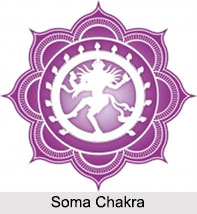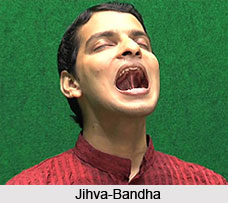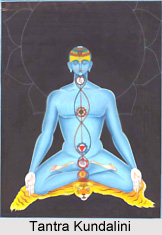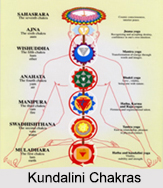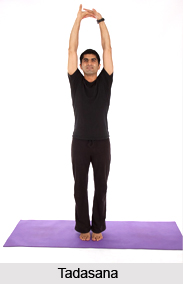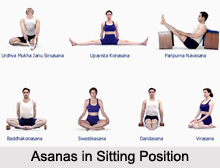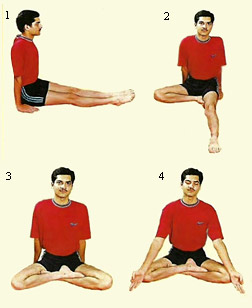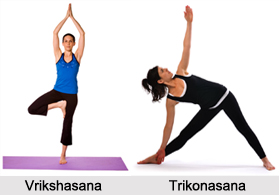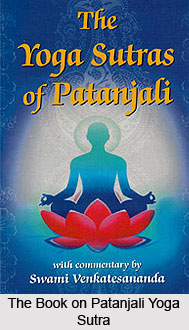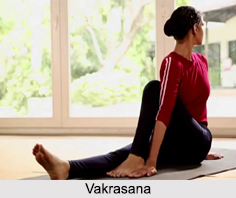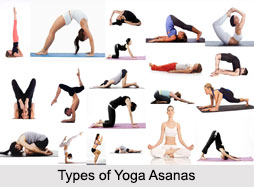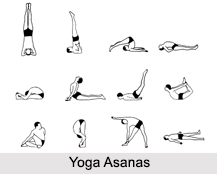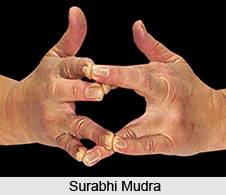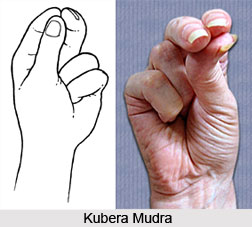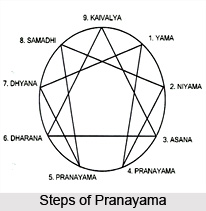 The tasya prasantavahita samskarat sutra explains about the potentiality of self-discipline that can bring about a smooth flow of tranquillity. By preserving an ideal responsiveness in the intermissions between rising and controlling impressions, one can attain effortlessness in his work. By incessant and toiling efforts, the consciousness turns sophisticated and distinguished. He is hence liberated from the shackles of former consciousness.
The tasya prasantavahita samskarat sutra explains about the potentiality of self-discipline that can bring about a smooth flow of tranquillity. By preserving an ideal responsiveness in the intermissions between rising and controlling impressions, one can attain effortlessness in his work. By incessant and toiling efforts, the consciousness turns sophisticated and distinguished. He is hence liberated from the shackles of former consciousness.
tasya its (nirodha pannama)
prasanta tranquillity, a peaceful state
vahita flow
samskarat faculty of impressions, polished, refined
The restraint of rising impressions brings about an undisturbed flow of tranquillity.
By maintaining perfect awareness in the intervals between rising and restraining impressions, steadiness becomes effortless and natural. Then the stream of tranquillity flows without any ripples in consciousness (in.9).
By adept, repeated efforts, consciousness is transformed, cultured, refined and polished. It produces freedom from all forms of fluctuations, so that undisturbed peace can flow. As each drop of water aids to form a lake, so one must continue to prolong each tranquil pause between rising and restraining impressions. An expert of abhyasa and vairagya keeps himself steady, so that calmness can flow uninterruptedly. Thus he released from all previous impressions of consciousness.
The words used by Patanjali for the state of tranquillity constitute atia prasadanam, adhyatma prasadanam, svarasa vahini and ananla samapattih. When agitated, consciousness is brought to an undisturbed state; it is citta prasadanam (favourable disposition of citta). When sorrows are subdued, it is svarasa vahini (flow of the soul`s fragrance). When exertion in search of the soul ceases, it is ananla samapattih (assuming the original and eternal form). Expertise in meditation is adhyatma prasadanam (manifestation of the light of the soul). All convey a similar meaning - that the seeker and the sought are one; that the seeker is the seer.


